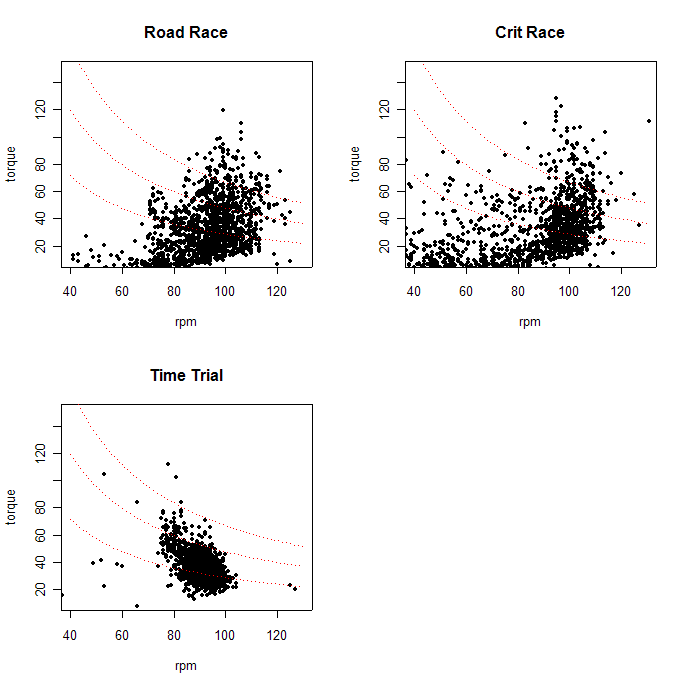i think cadence is worth looking at. working on. changing, even. it's not that you can't win with an unoptimized cadence (assuming there is such a thing) just like you can win with an unoptimized bike or bike position or tire pressure.
but like crank length it's hard to find conclusions you can hang your hat on if confined to what you discover in a study.
what if you looked at files of those competing in a timed race like the ironman? you take cohorts like the pro men and women, what is the size of the cohort required for relevance? what if you found that the standard deviation was 3.5 in a cohort comprising 25 or 30? how small would that standard deviation need to be to demonstrate relevance? i don't know.
Dan Empfield
aka Slowman
but like crank length it's hard to find conclusions you can hang your hat on if confined to what you discover in a study.
what if you looked at files of those competing in a timed race like the ironman? you take cohorts like the pro men and women, what is the size of the cohort required for relevance? what if you found that the standard deviation was 3.5 in a cohort comprising 25 or 30? how small would that standard deviation need to be to demonstrate relevance? i don't know.
Dan Empfield
aka Slowman


